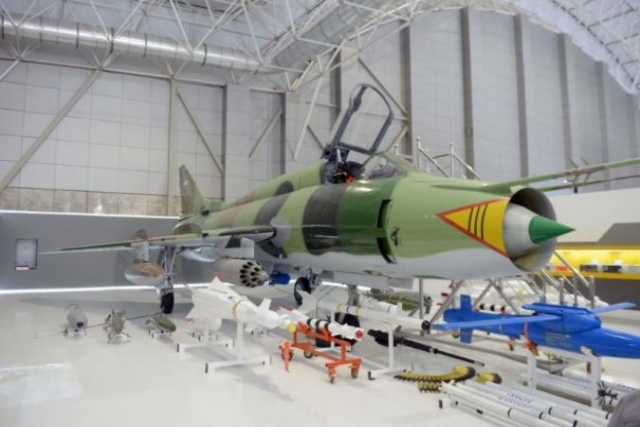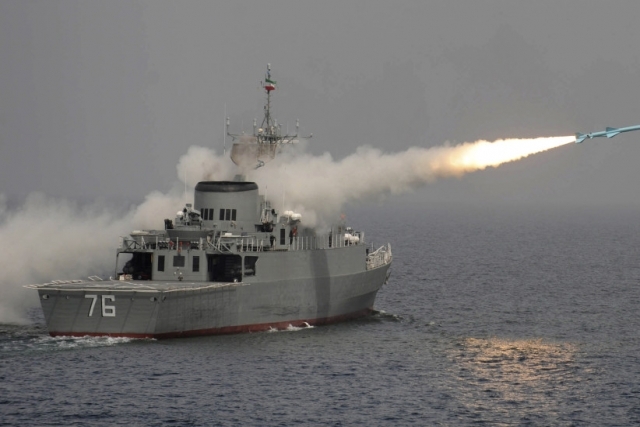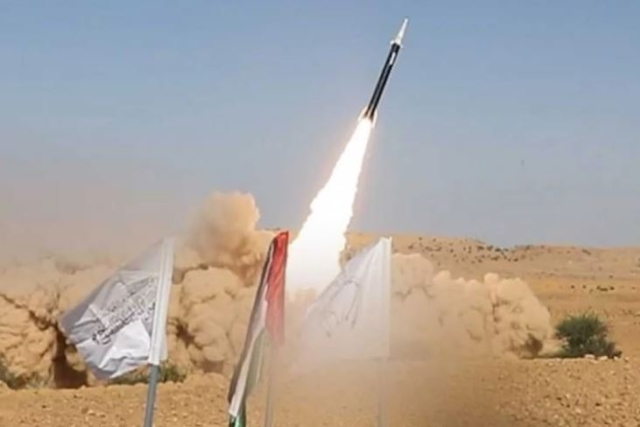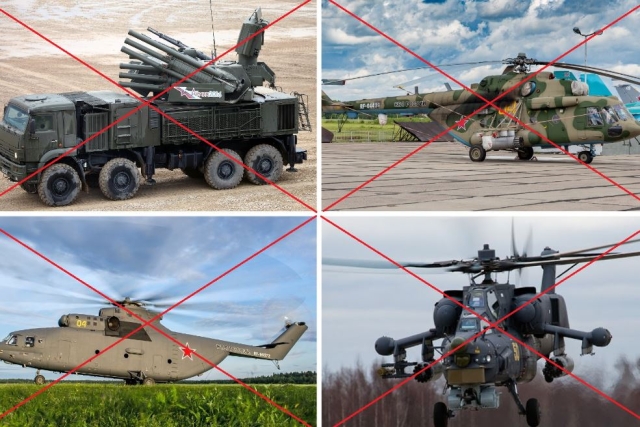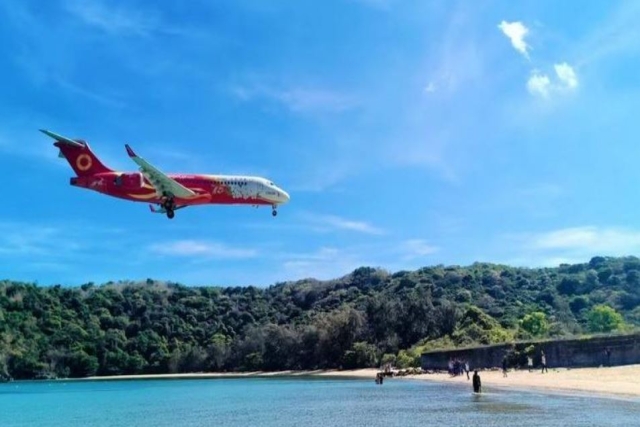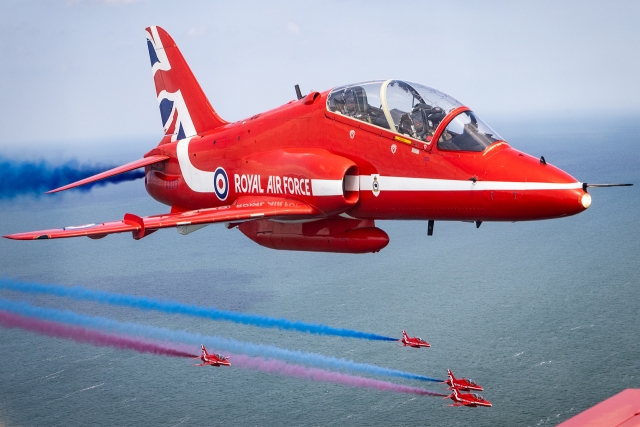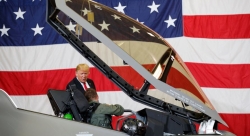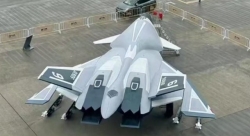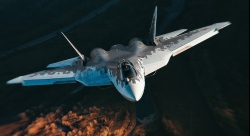US Sanctions Chinese Firms for Deals with Iran Shipping Lines After UN Lifts Arms Embargo

The United States today imposed sanctions on six Chinese companies for their dealings with Islamic Republic of Iran Shipping Lines (IRISL), a day after a U.N. arms embargo on the country was lifted as part of the 2015 Iran nuclear deal.
“The international community has long recognized that the Iranian regime uses the Islamic Republic of Iran Shipping Lines (IRISL) to transport proliferation-sensitive items intended for Iran’s ballistic missile and military programs. A provision of UN Security Council Resolution 1929 mandates vigilance when doing business with IRISL and entities owned or controlled by IRISL under certain circumstances. This provision is now in effect due to the snapback of UN sanctions. Today, the United States is sanctioning six entities and two individuals for conduct related to IRISL and its subsidiary, Hafez Darya Arya Shipping Company (HDASCO), pursuant to the Iran Freedom and Counter-Proliferation Act Section 1244 (IFCA 1244),” State Secretary Michael R. Pompeo said in a statement today.
On June 8, the State Department had designated IRISL and its Shanghai-based subsidiary E-Sail Shipping Company Ltd. on June 8 for their proliferation-related conduct.
“Reach Holding Group (Shanghai) Company Ltd.; Reach Shipping Lines; Delight Shipping Co., Ltd.; Gracious Shipping Co. Ltd.; Noble Shipping Co. Ltd.; and Supreme Shipping Co. Ltd. are being designated pursuant to IFCA Section 1244(d)(1)(A) for having knowingly sold, supplied, or transferred to Iran significant goods or services used in connection with the shipping sector of Iran,” the official added.
“Today, we reiterate a warning to stakeholders worldwide: If you do business with IRISL, you risk U.S. sanctions,” Pompeo threatened.
The remarks came a day after 13 years of prohibition on the Islamic Republic’s trade in conventional weapons ended in line with a provision included in the country’s 2015 nuclear agreement with world powers.
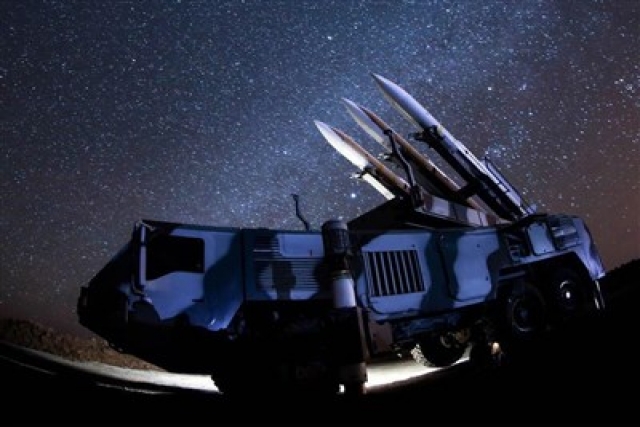
“Today is a momentous day for the international community, which in defiance of the U.S. regime’s efforts, has protected UN Security Council Resolution 2231 and the Joint Comprehensive Plan of Action (JCPOA). As of today, all restrictions on the transfer of arms, related activities and financial services to and from the Islamic Republic of Iran, and all prohibitions regarding the entry into or transit through territories of the United Nations Member States previously imposed on a number of Iranian citizens and military officials, are all automatically terminated,” Iran’s Ministry of Foreign Affairs said in a statement on October 18.
The ministry added that Iran “may procure any necessary arms and equipment from any source without any legal restrictions and solely based on its defensive needs, and may also export defensive armaments based on its own policies.”
Iran's defense capabilities
Iran possesses expertise in attack and surveillance drones, upgrades of western warplanes such as F-14, F-4 and Mirage fighter jets and C-130 transport aircraft; helicopter repair, producing new missiles and rockets, land army weapons and naval systems. In terms of domestic arms manufacturing ability, Iran is second only to Israel in the Middle East.
It is also set to unveil its first Amphibious Transport Dock (ATD) - helicopter carrier ship this November on Navy Day. In the past few weeks, Iran has revealed several new weapons including: Zolfaqar-e Basir anti-ship missile with a range of more than 700 kilometers; vertically-launched Sepeher, Shahab-2 and Hodhod-4 drones, an armed ground based robot drone- Caracal after a type of wild cat found in parts of Iran; an ingenious kamikaze drone mounted on attack boats among others.
“Iran possesses more export potential rather than being a market for purchase [of arms],” Foreign Ministry spokesman Saeed Khatibzadeh told a press conference on Monday, reminding that 90% of the country’s defensive needs are being manufactured indigenously. “What they (the Americans) are afraid of is Iran’s comeback to the expansive armaments technology and export market,” he added.
Iran is already conducting negotiations with Iraq, Syria, Lebanon and several other countries in the Middle East, Central Asia and Africa for weapons sales. Iran is said to have sold its Bavar-373 air defense system (equivalent to Russian S-300) and Khordad-3 anti-aircraft missile systems (shot U.S. Navy's MQ-4C Triton drone in June 2019) to Syria.
Iran is a potential customer for Russian S-400 missile systems and Su-30 fighters, besides Chinese J-10 jets.
“If the U.N. Arms Embargo on Iran expires in October, Iran will be able to buy new fighter aircraft like Russia’s Su-30 and China’s J-10. With these highly lethal aircraft, Europe and Asia could be in Iran’s crosshairs. The U.S. will never let this happen,” Pompeo had tweeted in June.
